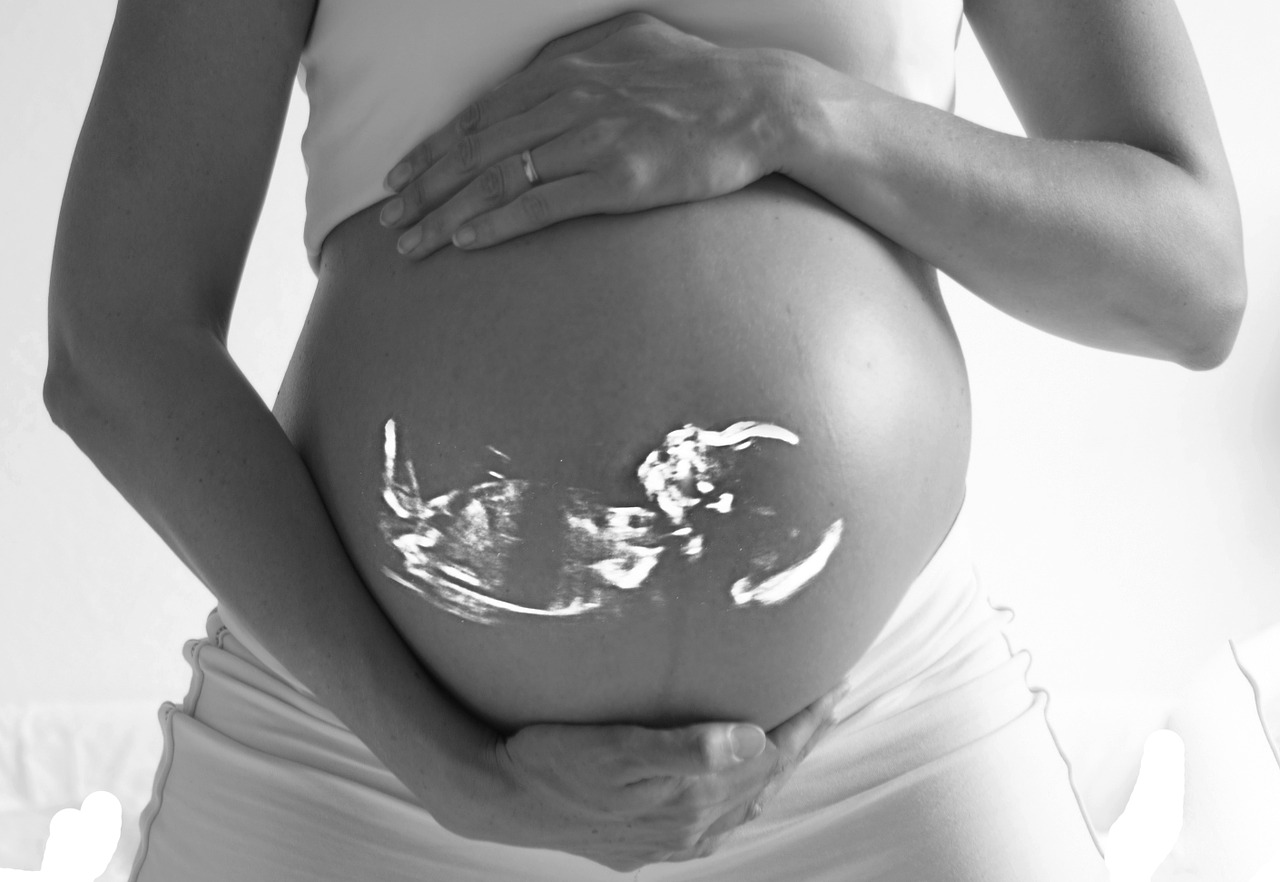The do’s and don’ts of pregnancy can be overwhelming at best. For an expectant parent who is using substances, the rhetoric is clear: just don’t.
But in hearing from parents themselves (during a study entitled Treatment and Prevention of Illicit Substance Use among Pregnant and Early Parenting Women), it is clear that there is a lot more to having a healthy pregnancy than abstaining from the likes of cigarettes, alcohol, opiates, etc.
Looking more closely, many parents who struggle to do the best they can for themselves and their growing families are caught in an awful web of intense and complex socioeconomic challenges, and their perspectives offer a much more nuanced understanding of health and the myriad of factors that impact our well-being.
So here are three fundamental tips for a healthy pregnancy, gleaned from the parents’ stories and lots of reading, which perhaps underlie all other choices for better health.
Tip 1: Break the cycle of poverty
Money may not buy love, but in many ways it can buy health. The numbers show that your chances of falling ill and dying sooner goes up as income goes down. Anyone who has struggled to buy fresh food, running shoes or medicine will know the link between money and health first hand. Parents in our study often saw substance use as a problem when it interfered with the ability to buy healthy food or pay rent – but rarely challenged the socioeconomic factors beyond their control.
The fact is, where you live may decide how soon you die. For example there is 10 year difference in life expectancy between Hope (75.5) and Richmond (85.6). It’s all about avoiding microcosms where opportunities, services and supports are lacking – where whole communities (socially or geographically defined) have slid between the cracks.
For struggling parents, who are often themselves born into disadvantage, the need for wraparound services that help with housing and comprehensive health and social supports is clear. Thankfully in Victoria, HerWay Home is able to meet some of this need, though safe and affordable housing in Victoria remains elusive.
And let’s not forget that one in five children in BC live in poverty (and half of single parents are poor) – with or without having substances in the house. Poor children suffer health consequences that may alter their entire lives. Cripplingly low income assistance payments, low-income thresholds for social service eligibility, and the high costs of housing and daycare are squeezing families in a big way.
Many of the potential harms of parental substance use on young and unborn child are virtually indistinguishable from the harms of poverty. Let it be known that the last word on the ‘crack baby’ epidemic was that poverty hurts kids more than being born to mothers with cocaine addiction.
Health and income inequity are big problems in BC, and any moral charge against mothers who use substances may be better spent advocating to give poor families a fighting chance.
Tip 2: Support healing from trauma
Trauma interferes with recovery from addiction. This is true for many new and expectant mothers, and dovetails with environmental, social and structural factors that make it harder to break the larger cycle of poverty and marginalization.
I’d love to advise avoiding trauma in the first place, but for half of Canadian women and one-third of Canadian men, it’s probably too late. Childhood trauma in particular strongly predicts:
- Drug, tobacco and alcohol addiction
- Depression, post-traumatic stress disorder (PTSD), and suicide attempts
- Having >50 sexual partners, sexually transmitted infections (STIs), and teen pregnancies
- Physical inactivity and severe obesity (ACE Study).
While pregnancy and becoming a parent can and do bring a lot of opportunities for joy and healing, it’s no panacea. Kate (a mom in our study, pseudonym) said:
“Just because you’re pregnant it doesn’t magically change what’s going on for you and how you’ve been brought up and all the shit that’s happened to you.”
But seeking help is easier said than done. Our health and social services systems are only starting to become “trauma-informed” – which means service providers often overlook trauma as the root of the problem, or even re-traumatize patients with their insensitivity.
Tip 3: Community love bomb
The people around you (and the co-parent you choose) play huge roles in making or breaking your health habits. On the flip side, judgment, stigma and social exclusion can keep a new mom down.
For many parents in our study, keeping sober meant cutting ties with family and friends who were themselves mired in risky lifestyles. In the wake of these deep personal loses, mothers especially were coldly judged for using any substances at all.
Mothers who are struggling to make healthy choices for themselves and their families need to be given more credit for their love and commitment to their kids, and more appreciation for the immensity of the obstacles they face (often with roots in childhood trauma, and other circumstances beyond their control).
Fathers are only sometimes given credit for the role they play, and need to be more consistently acknowledged, encouraged and supported when this role can be a positive one.
Strong communities are built on trust and respect – nurturing these in our services will help support parents exactly where they are, and position us to reduce many complex barriers to health and well-being.
Author: Samantha Magnus, Research Affiliate, Centre for Addictions Research of BC.
**Please note that the material presented here does not necessarily imply endorsement or agreement by individuals at the Centre for Addictions Research of BC.



